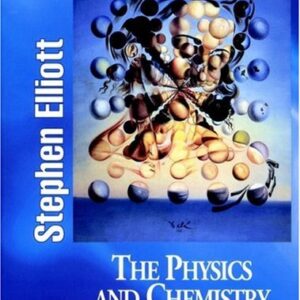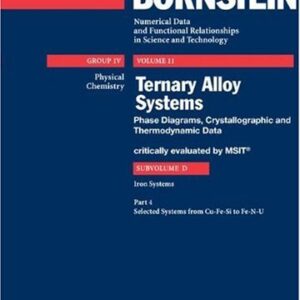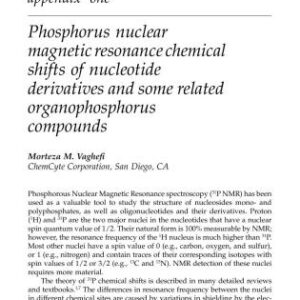Content: Expanding the range of electron spin resonance dating —
Toward the classification of colorants in archaeological textiles of Eastern North America —
Infrared examination of fiber and particulate residues from archaeological textiles —
Extraction and analysis of DNA from archaeological specimens —
Using archaeological chemistry to investigate the geographic origins of trophy heads in the central Andes: strontium isotope analysis at the Wari site of Conchopata —
Interpreting stable isotopic analyses: case studies on Sardinian prehistory —
Bitumen in neolithic Iran: biomolecular and isotopic evidence —
Surface analysis of a black deposit from Little Lost River Cave, Idaho —
Shell bead sourcing: a comparison of two techniques on Olivella biplicata shells and beads from Western North America —
Archaeological soils and sediments: application of microfocus synchrotron X-ray scattering, diffraction, and fluorescence analyses in thin-section —
Quantitative modeling of soil chemical data from inductively coupled plasma-optical emission spectroscopy reveals evidence for cooking and eating in ancient Mesoamerican plazas —
Chemical composition of song dynasty, Chinese, copper-based coins via energy dispersive X-ray fluorescence —
Elemental compositions of Herodian Prutah, copper coins-of the Biblical “widow’s mites” series–via energy dispersive X-ray fluorescence —
Chemical composition of the Isfiya and Qumran coin hoards —
Selected applications of laser ablation inductively coupled plasma–mass spectrometry to archaeological research —
Evaluating the precision requirements for isotope ratio determination of archaeological materials using laser ablation-time-of-flight-inductively coupled plasma-mass spectrometry increasing ratio precision —
Lead isotope analysis of Roman carthage curse tablets —
Laser ablation–inductively coupled plasma-mass spectrometry analysis of ancient copper alloy artifacts —
Laser ablation-inductively coupled plasma-mass spectrometry analysis applied to the characterization of Peruvian Wari ceramics —
Characterization of building materials from the brick chapel at historic St. Mary’s city —
Characterization of 15th-16th century Majolica pottery found on the Canary Islands —
Intraregional provenancing of Philistine pottery from Israel —
The technology of Mesopotamian ceramic glazes —
Analysis of historic latter-day Saint pottery glazes by laser ablation-inductively coupled plasma-mass spectrometry —
Fingerprinting specular Hematite from mines in Botswana, Southern Africa —
Instrumental neutron activation analysis of Ochre artifacts from Jiskairumoko, Peru —
Feasibility of field-portable XRF to identify obsidian sources in Central Peten, Guatemala —
Sources of archaeological obsidian in Peru: descriptions and geochemistry.
Chemistry
[PDF] Archaeological Chemistry. Analytical Techniques and Archaeological Interpretation Michael D. Glascock, Robert J. Speakman, and Rachel S. Popelka-Filcoff (Eds.)
$19.99

![[PDF] Archaeological Chemistry. Analytical Techniques and Archaeological Interpretation Michael D. Glascock, Robert J. Speakman, and Rachel S. Popelka-Filcoff (Eds.)](https://pdfelite.com/wp-content/uploads/2024/04/bfd43a0f7ba9cc0ab7f4871fbd031dab-d.jpg)




Reviews
There are no reviews yet.